Bringing collections to life
3D scanning objects for Augmented and Virtual Reality
Zubr’s 3D scanning expertise brings museum collections, historic artifacts and more into the digital realm, offering new ways to explore, preserve, and share our cultural heritage. Using advanced photogrammetry and 3D scanning techniques, we create high-fidelity digital replicas that allow audiences to get up close with objects that might otherwise be out of reach.
High-fidelity detail capture
Immersive AR and VR experiences
Custom-tailored scanning technique
Portable access to collections
Preservation and research ready
Creative applications and storytelling
How photogrammetry and 3D scanning expands our world
Our 3D scans capture intricate details with incredible accuracy – whether it’s a delicate artifact, an architectural feature, or even an entire building. These digital assets can be deployed in augmented and virtual reality, giving visitors interactive experiences that bridge the gap between physical and digital interpretation. From handling fragile museum pieces in AR to stepping into historical reconstructions in VR, our scans serve as the foundation for immersive storytelling.
Beyond visitor engagement, 3D scanning is a powerful tool for preservation and accessibility. Digitised collections can be shared with international researchers, archived for future study, or even 3D printed to create facsimiles for hands-on learning. Whether you need expert advice on photogrammetry, help processing existing scans, or full-scale digitisation of your collection, Zubr ensures your objects live on in the digital world, ready to be explored from anywhere.
The impact of 3D scanning also extends well beyond museums and archives. Artists, musicians, performers, and educators across disciplines are also harnessing the power of high-quality 3D scans to craft stunning assets for augmented and virtual reality. Whether it’s bringing a stage set to life, creating interactive album artwork, or preserving performance spaces in digital form, these technologies open exciting new doors to interpretation, accessibility, and creative engagement.

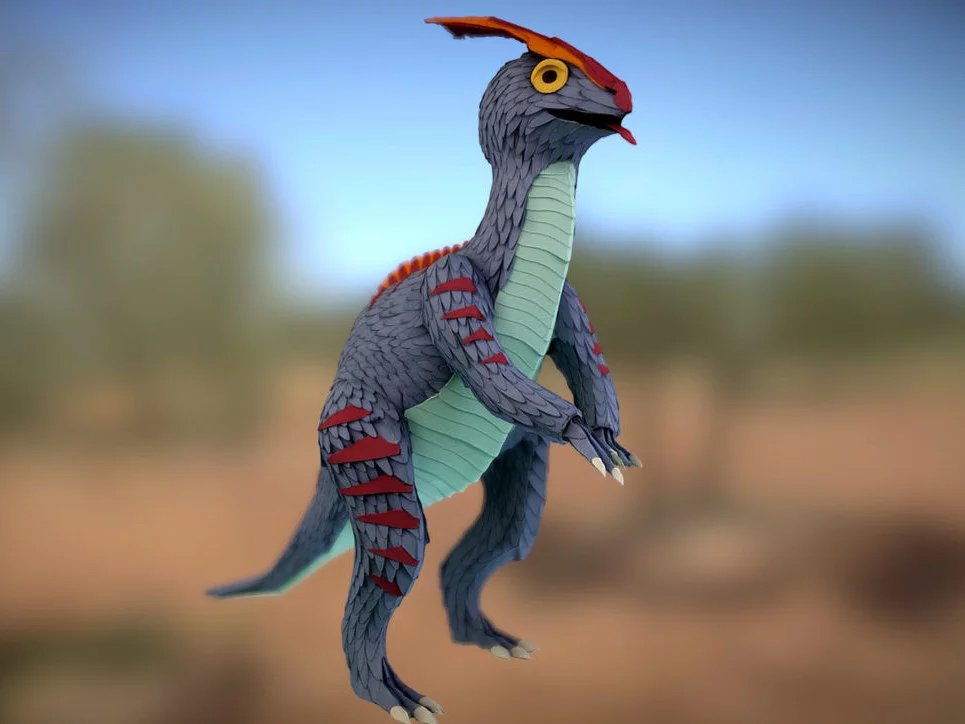
Why 3D scanning matters
In the museums and heritage sector, digitising collection objects using 3D scanning allows institutions to preserve physical detail with incredible accuracy – often at a 1:1 scale. From delicate papercraft models to entire buildings, no object is too large or too small. At Zubr, we’ve scanned a variety of objects, including:
- Natural history specimens
- Historic costumes and sculptures
- Stop motion sets and characters
- Architectural details, military vehicles, and ships
And so much more! A 3D scan becomes more than just a record. It’s a tool for access, education, and storytelling. Objects can be added to a digital CMS, hosted on platforms like Sketchfab, or even 3D printed for tactile experiences. Researchers can manipulate, zoom, and explore models remotely, while audiences across the globe can interact with them in dynamic new ways.

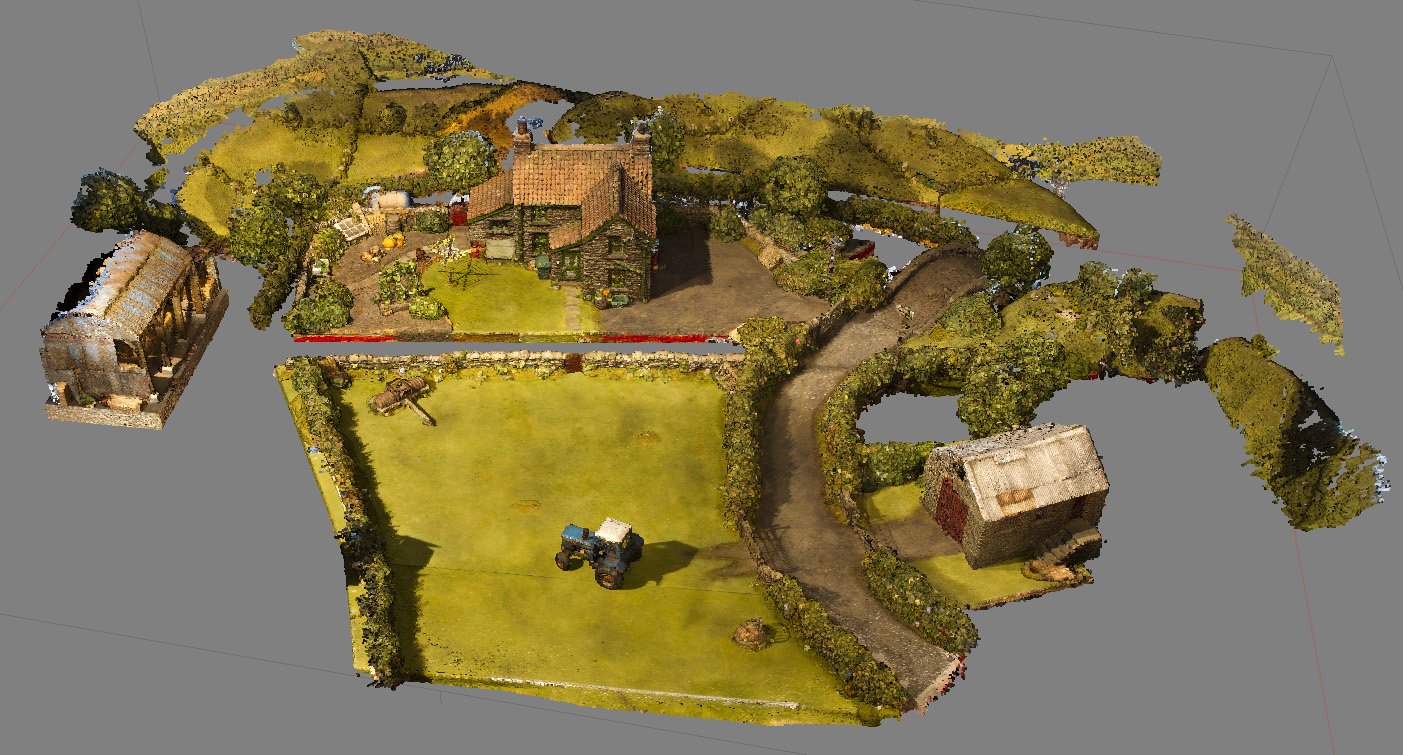
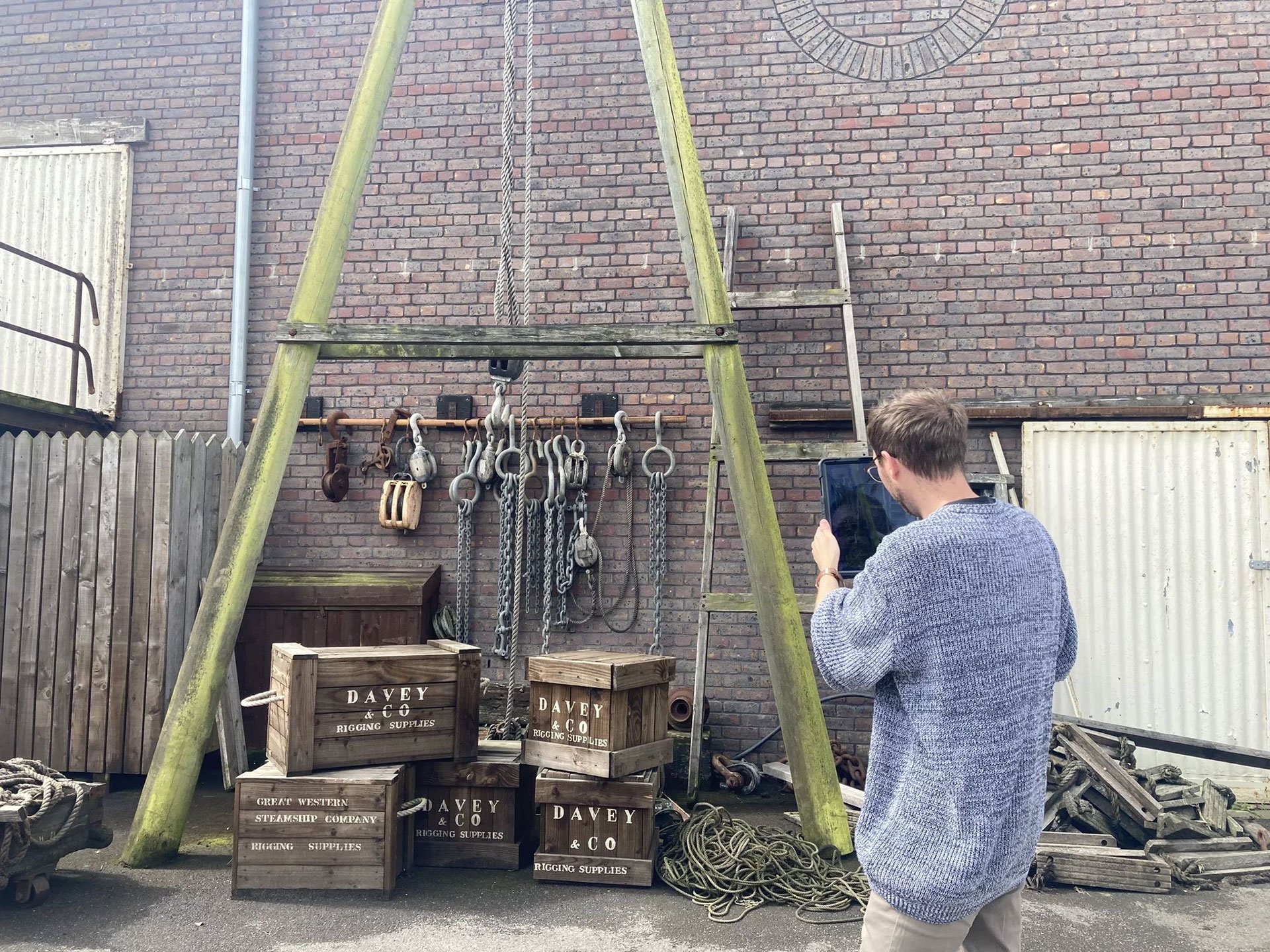
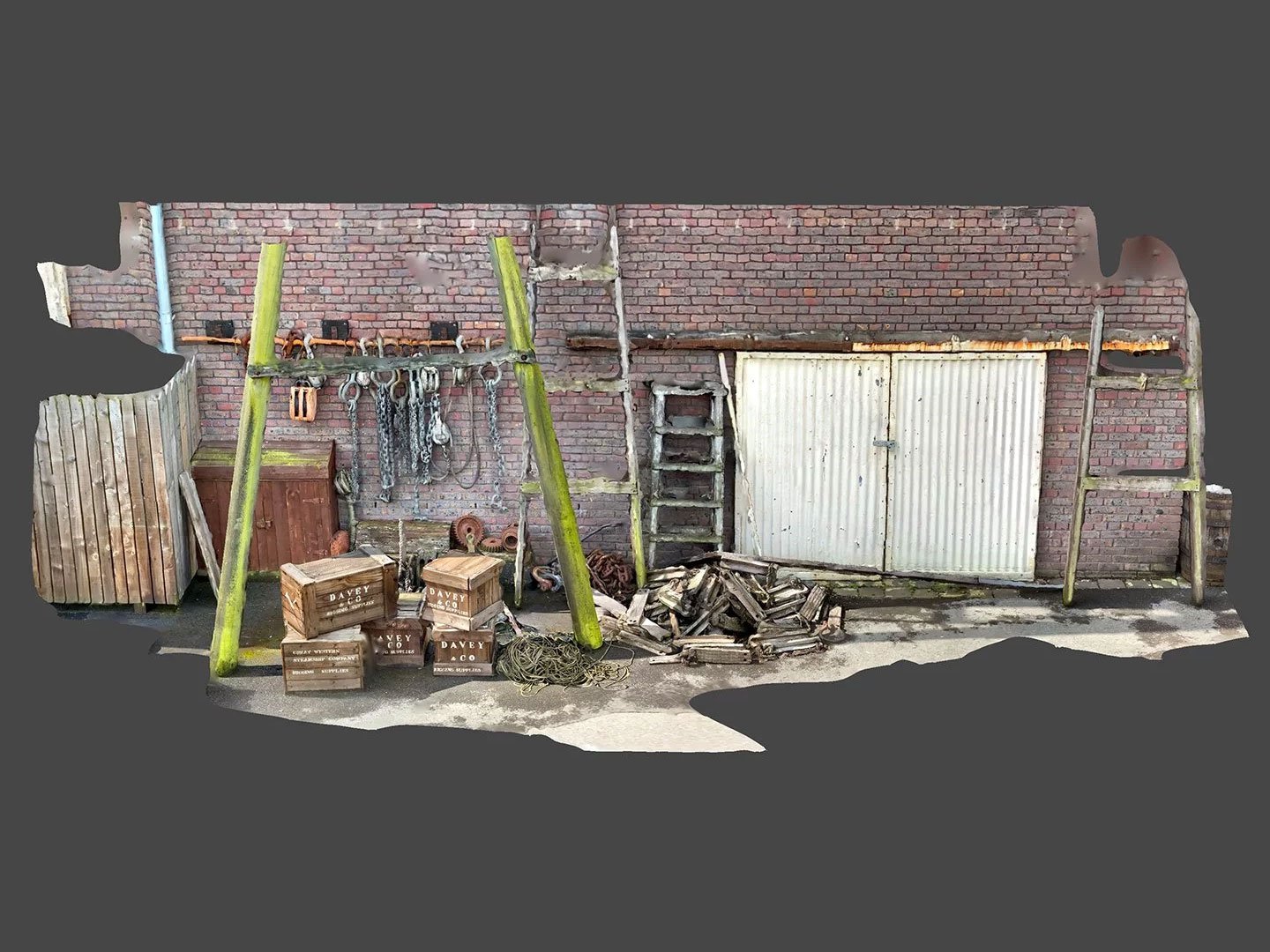
Real-world projects, real-world impact
Here are just a few ways we’ve brought photogrammetry into the immersive space:
- Aardman Animations: We scanned stop motion sets for a VR tour of Wallace and Gromit’s living room, as well as an interactive mixed reality experience set in Mossy Bottom Farm.
- Acropolis project: We made 3D models of Greek artefacts and monuments, which we used to build a scaled, interactive 3D model of the ancient Acropolis site.
- Making a Scene: Nominated for Best Use of Digital UK at the 2023 Museums and Heritage awards, we worked with university staff to create photogrammetry scans of different artefacts for a digital AR loan box.
- Afloat and Ashore: Winner of Best Use of Immersive Tech at SPARKies 2023, we LiDAR scanned some of the set dressing at SS Great Britain and then placed those 3D models into our VR scene.
- Beckford’s Tower: We 3D scanned five artefacts and made them available through ‘tap to place’ AR, for a more accessible visitor experience.
Behind the scenes: the tech that makes it happen
Not all 3D scans are created equal. That’s why we use a wide range of equipment and techniques to match the subject and setting. Depending on the project, we might use:
- Macro/micro photogrammetry for intricate detail
- Aerial and video-based capture for large or complex environments
- Focus stacking and multi-camera rigs for clarity and accuracy
- LiDAR and depth-sensing tools
- Volumetric video for scanning movement and live performances
No two objects – or projects – are the same. Whether it’s a shiny sculpture, a delicate textile, or a moving performer, we tailor our approach to fit.
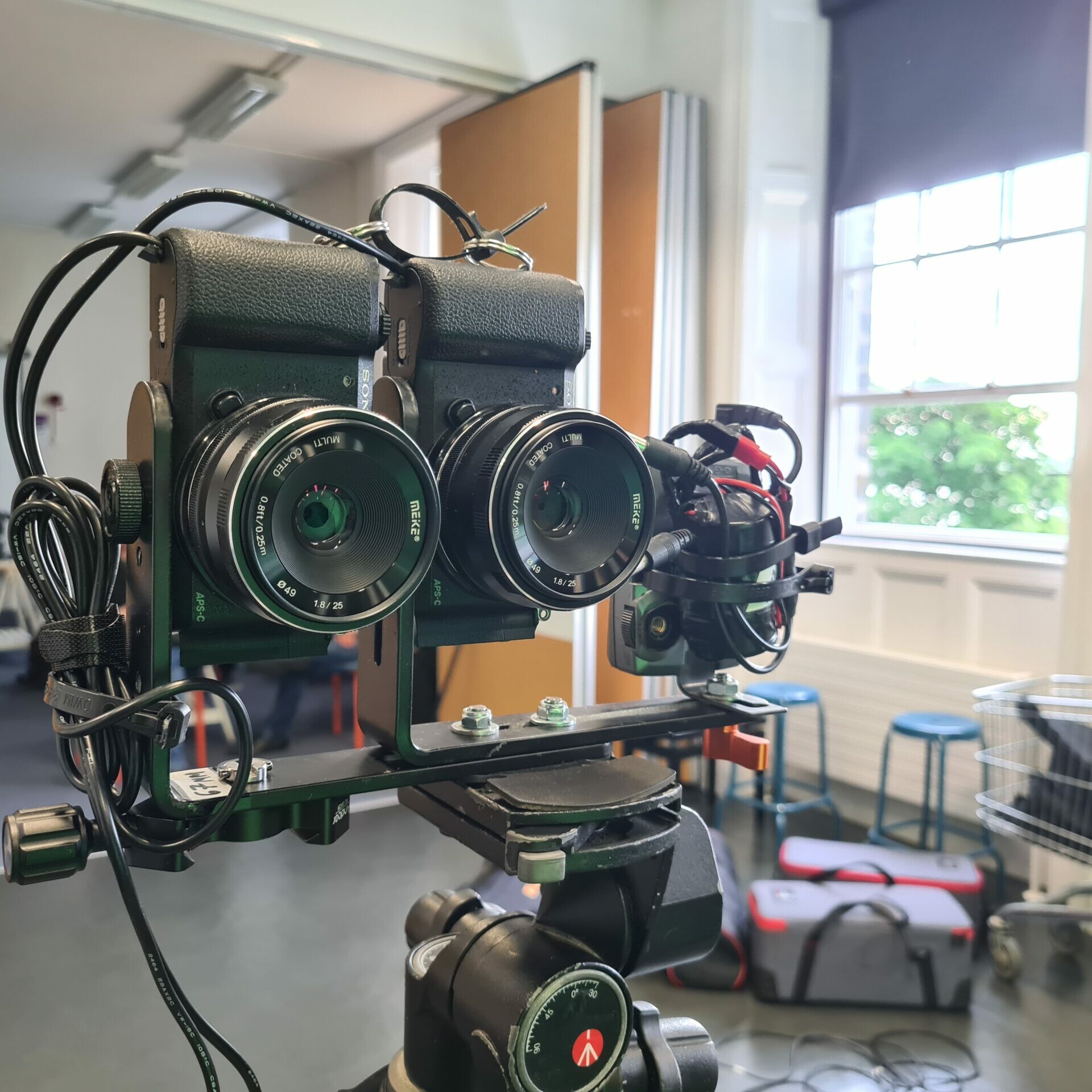
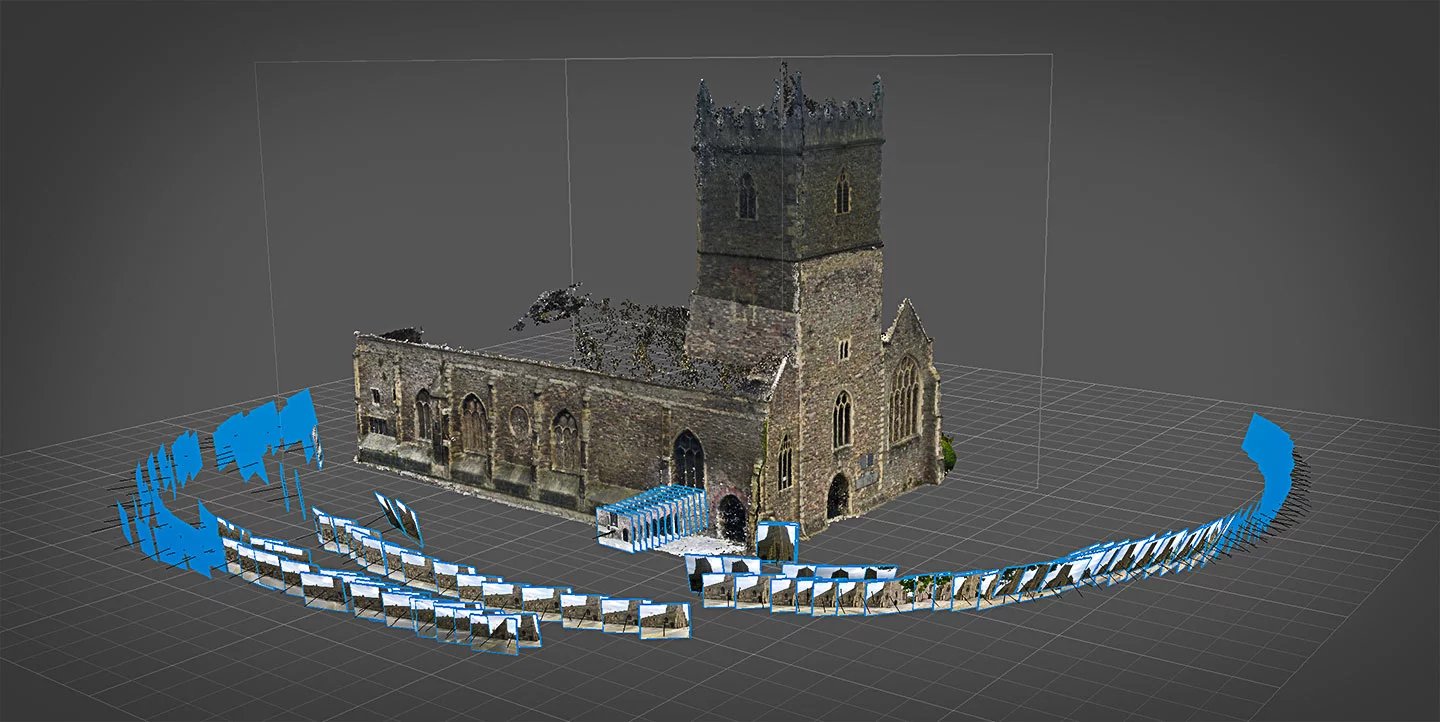
Ready to Digitise Your Collection?
We’re passionate about using 3D scanning to unlock new ways of seeing, sharing, and experiencing cultural heritage. Whether you’re looking to host 3D models online, create interactive AR or VR content, or simply get advice on where to start, Zubr is here to help. Offering tailored, professional support to meet your goals, get in touch to explore how our expert consultancy can help bring your collection to life in 3D.
FAQs
3D scanning and capture is the process of digitally recording the shape, texture, and colour of real-world objects or spaces. Using technologies such as photogrammetry, LiDAR, and structured light scanning, we create highly accurate 3D models that can be viewed, measured, and shared in digital environments – or integrated into AR and VR experiences.
We can digitise almost anything, from small artefacts, sculptures, costumes, and natural history specimens to architectural features and entire buildings! We tailor our approach (photogrammetry, LiDAR, multi-camera rigs, etc.) to suit the size, material, and complexity of the subject.
Once digitised, your models can be used for Augmented Reality (AR) and Virtual Reality (VR) experiences, online collections and display, sharing with researchers, archival preservation, 3D printing, interactive storytelling, educational uses, and more.
Our 3D scans capture intricate detail, often at a 1:1 scale, depending on lighting, surface properties, and scanning technique. We may use focus stacking, micro-photogrammetry, depth sensors or LiDAR for highly detailed or challenging surfaces.
We use non-invasive, contactless scanning techniques like photogrammetry or low-power scanning to ensure no physical stress. For delicate materials, we may adjust lighting or apply protective measures to prevent damage.
The time depends on the object’s size, complexity, and condition. A small sculpture might be scanned and processed in hours; large architectural elements or entire buildings can take days or weeks. The post-processing phases also add to the timeline.
